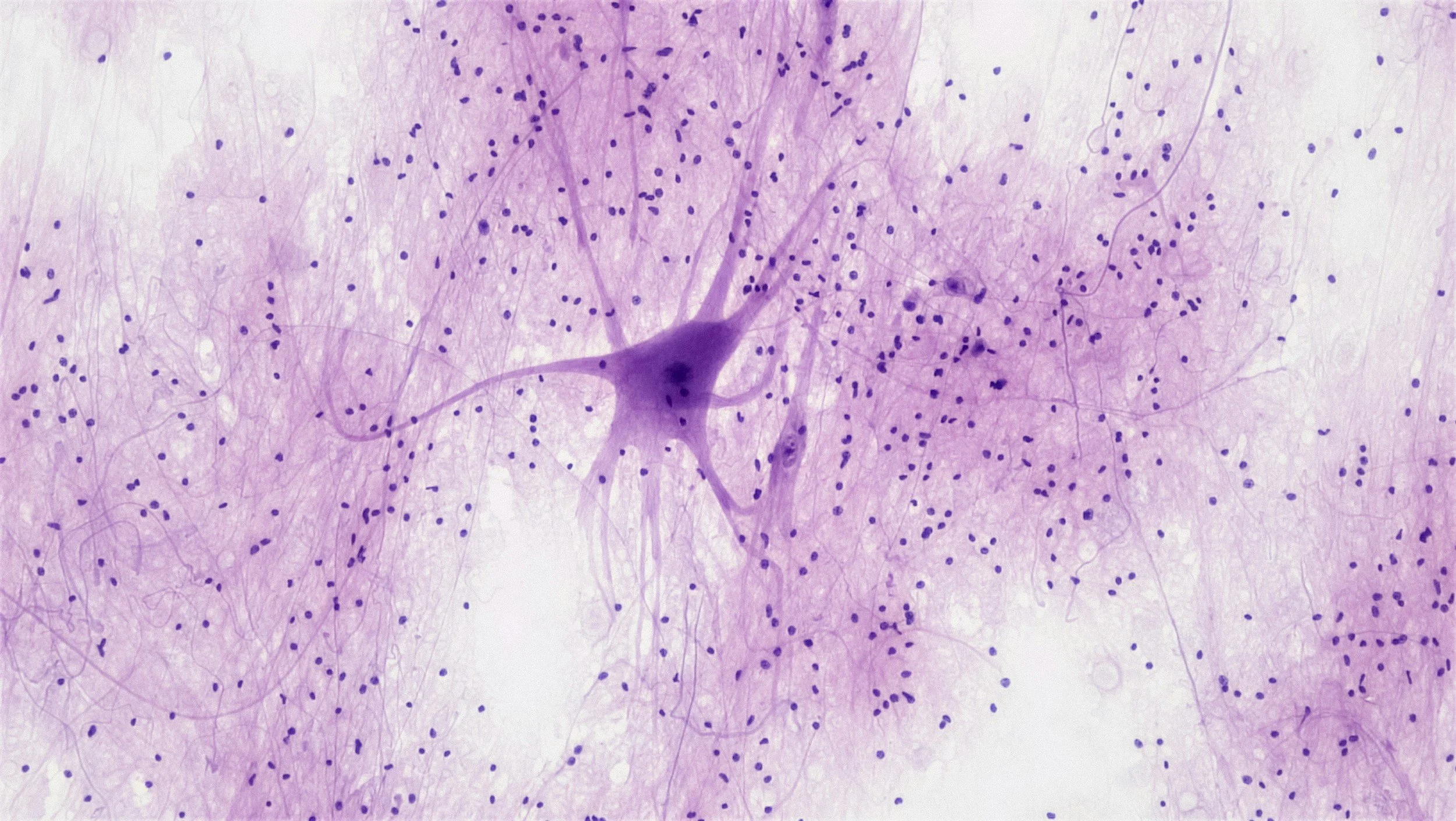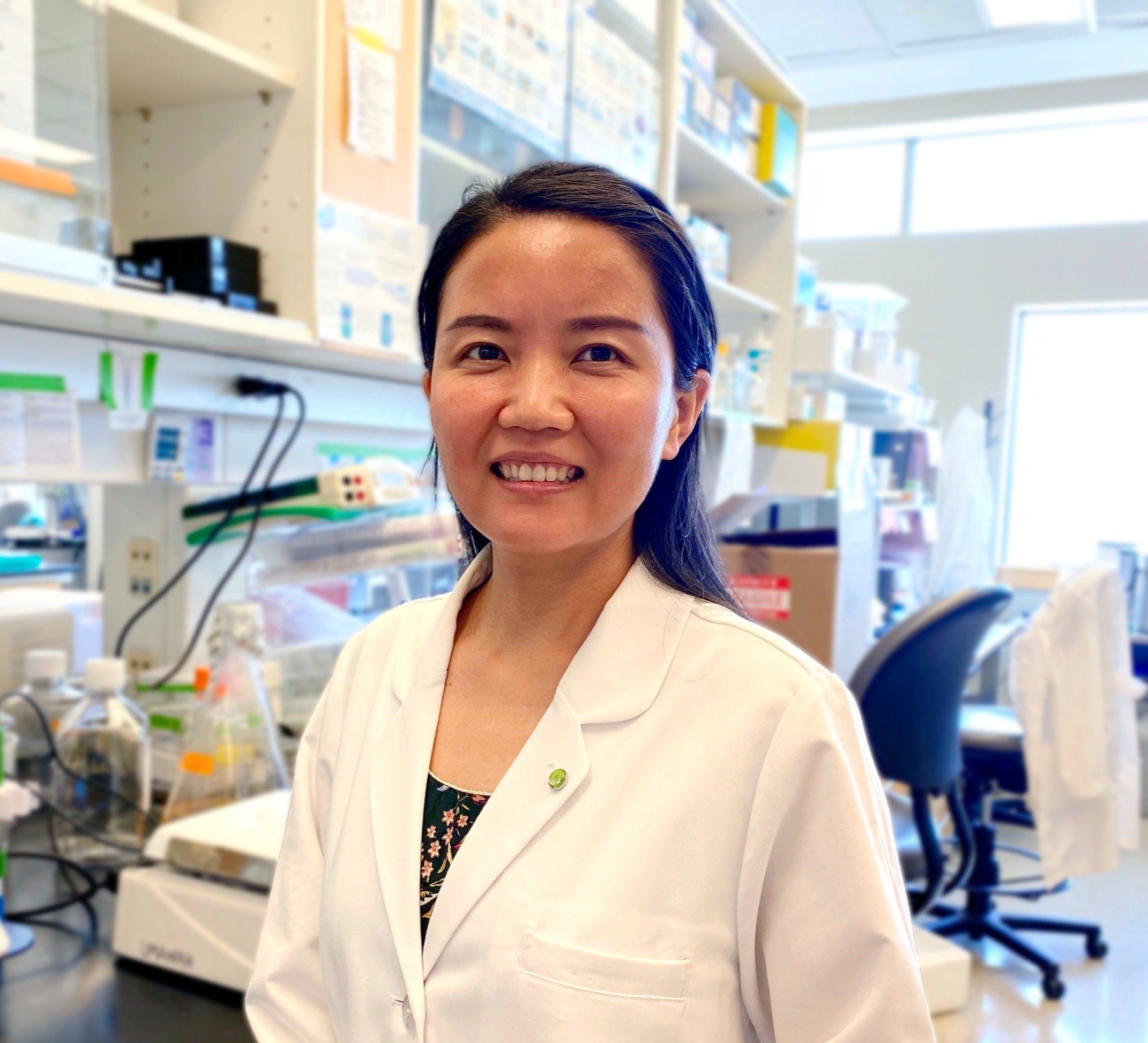
THE MAO LAB
Research in Dr. Xiaobo Mao's laboratory focuses on two core topics: (1) the roles of prion-like proteins and strains in neurodegenerative disorders, including spreading pathways, molecular mechanisms of cell-to-cell transmission, neurotoxicity, and neuroinflammation; (2) the therapeutic developments.
Xiaobo Mao, PhD
TITLE
Associate Professor of Neurology
EDUCATION
PhD - National Center for Nanoscience and Technology, China
RESEARCH FOCUS
Environmental factors, prion-like protein strains and spreading, immune

RESEARCH TEAM
-

Ning Wang, PhD
POSTDOCTORAL FELLOW
-

Haiqing Liu, PhD
POSTDOCTORAL FELLOW
-

Kundlik Gadhave, PhD
POSTDOCTORAL FELLOW
-

Deok Jeong, PhD
POSTDOCTORAL FELLOW
-

Xiuli Yang, MD, PhD
POSTDOCTORAL FELLOW
-

Shuya Li, PhD
POSTDOCTORAL FELLOW
-

Junkai Hu, PhD
POSTDOCTORAL FELLOW
-

Shiyu Su
PhD Candidate
SELECTED PUBLICATIONS
Zhang X, Liu H, Wu X, Jia L, Gadhave K, Wang L, Zhang K, Li H, Chen R, Kumbhar R, Wang N, Terrillion CE, Kang BG, Bai B, Park M, Denna MCF, Zhang S, Zheng W, Ye D, Rong X, Yang L, Niu L, Ko HS, Peng W, Jin L, Ying M, Rosenthal LS, Nauen DW, Pantelyat A, Kaur M, Irene K, Shi L, Feleke R, García-Ruiz S, Ryten M, Dawson VL, Dominici F, Weber RJ, Zhang X, Liu P, Dawson TM, Han S, Mao X*. Lewy body dementia promotion by air pollutants. Science, 2025, Sep 4;389(6764):eadu4132.
Mao X, Ou MT, Karuppagounder SS, Kam TI, Yin X, Xiong Y, Ge P, Umanah GE, Brahmachari S, Shin JH, Kang HC, Zhang J, Xu J, Chen R, Park H, Andrabi SA, Kang SU, Goncalves RA, Liang Y, Zhang S, Qi C, Lam S, Keiler JA, Tyson J, Kim D, Panicker N, Yun SP, Workman CJ, Vignali DA, Dawson VL, Ko HS, Dawson TM. Pathological α-synuclein transmission initiated by binding lymphocyte-activation gene 3. Science. 2016 Sep 30;353(6307).
Kam TI#, Mao X#, Park H# (# equal contribution), Chou SC, Karuppagounder SS, Umanah GE, Yun SP, Brahmachari S, Panicker N, Chen R, Andrabi SA, Qi C, Poirier GG, Pletnikova O, Troncoso JC, Bekris LM, Leverenz JB, Pantelyat A, Ko HS, Rosenthal LS, Dawson TM and Dawson VL. Poly (ADP-ribose) Drives Pathologic α-Synuclein Neurodegeneration in Parkinson’s Disease. Science. 2018;362(6414). doi: 10.1126/science.aat8407.
Liu YQ, Mao YY (co-first), Xu EQ, Jia HM, Zhang S, Dawson VL, Dawson TM, Li YM*, Zheng Z*, He WW*, Mao X*. Nanozyme Scavenging ROS for Prevention of Pathologic α-Synuclein Transmission in Parkinson’s Disease. Nano Today. 2021, 36, 101027
Zhang SN, Liu YQ, Jia CY, Lim YJ (co-first), Feng GQ, Xu EQ, Kimura Y, Long HF, Tao YQ, Zhao CY, Wang CC, Liu ZY, Hu JJ, Ma MR, Liu ZJ, Jiang L, Li D, Wang RX, Dawson VL, Dawson TM*, Li YM*, Mao X*, Liu C*. Mechanistic basis for receptor-mediated pathological α-synuclein fibril cell-to-cell transmission in Parkinson's disease. Proc Natl Acad Sci. USA. 2021;118(26): e2011196118
Butler YR, Liu YQ, Kumbhar R, Zhao PR, Gadhave K, Wang N, Li YM, Mao X*, Wang WJ*. Fibril-specific nanobody prevents prion-like α-synuclein spreading. Nature Communications. 2022, 13:4060.
Mao X*, Gu H, Kim D, Kimura Y, Wang N, Xu E, Kumbhar R, Ming X, Wang H, Chen C, Zhang S, Jia C, Liu Y, Bian H, Karuppagounder SS, Akkentli F, Chen Q, Jia L, Hwang H, Lee SH, Ke X, Chang M, Li A, Yang J, Rastegar C, Sriparna M, Ge P, Brahmachari S, Kim S, Zhang S, Shimoda Y, Saar M, Liu H, Kweon SH, Ying M, Workman CJ, Vignali DAA, Muller UC, Liu C, Ko HS*, Dawson VL*, Dawson TM*. Aplp1 interacts with Lag3 to facilitate transmission of pathological α-synuclein. Nature Communications, 2024, 15(1):4663.
PATENTS
A detection method for the relative adsorption constant of dye, antibody, drug and pro-drug molecules on peptides.
Patent # WO2011060598A1 & CN102062718 |Therapeutic Uses of LAG3 the α-Synuclein Transmission Receptor.
Patent # WO2018039147A1, PCT/US2017/047878 |Nanozyme Scavenging ROS for Prevention of Pathologic α-Synuclein Transmission in Parkinson’s Disease
Patent # C16214 |

